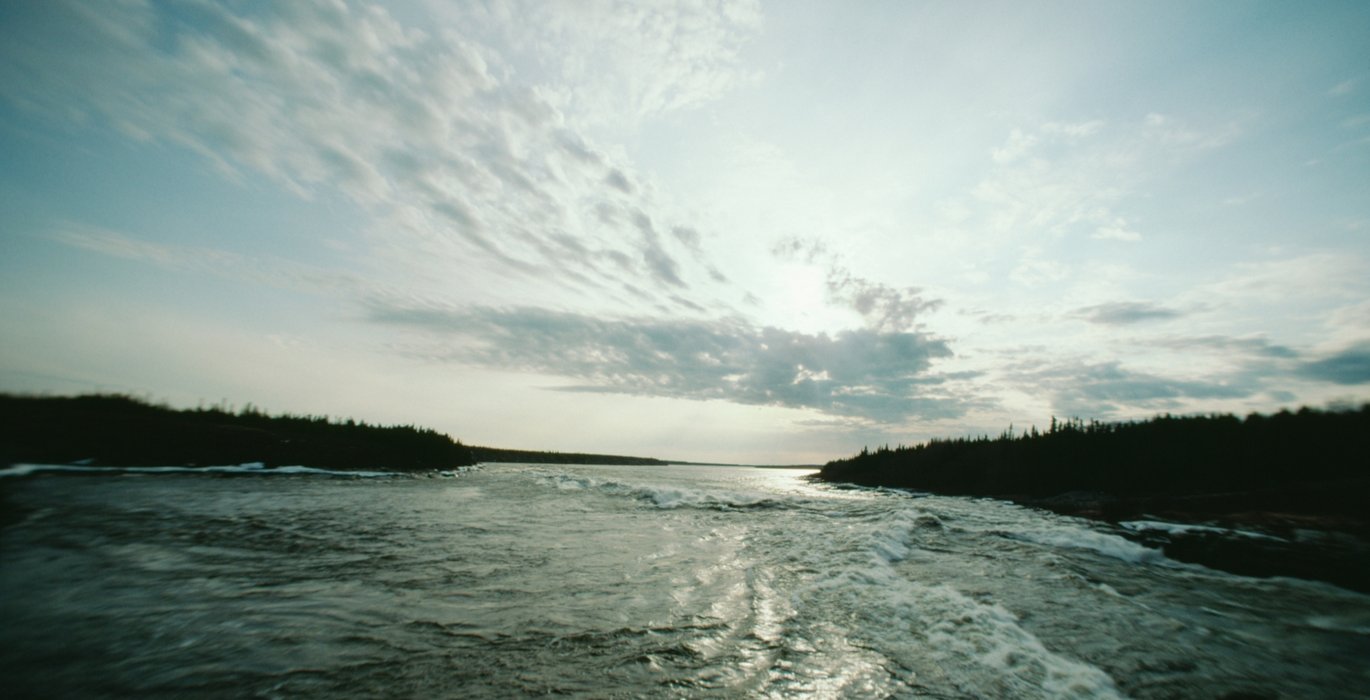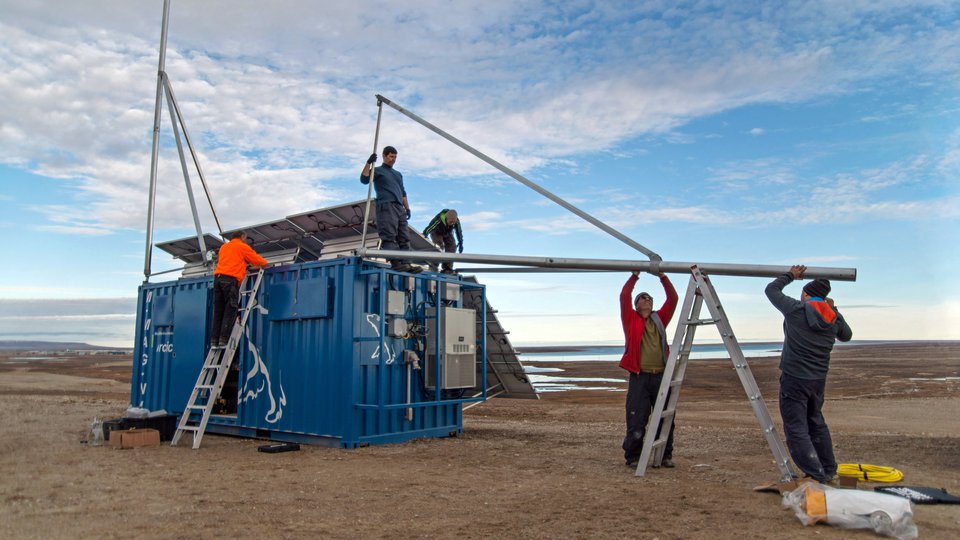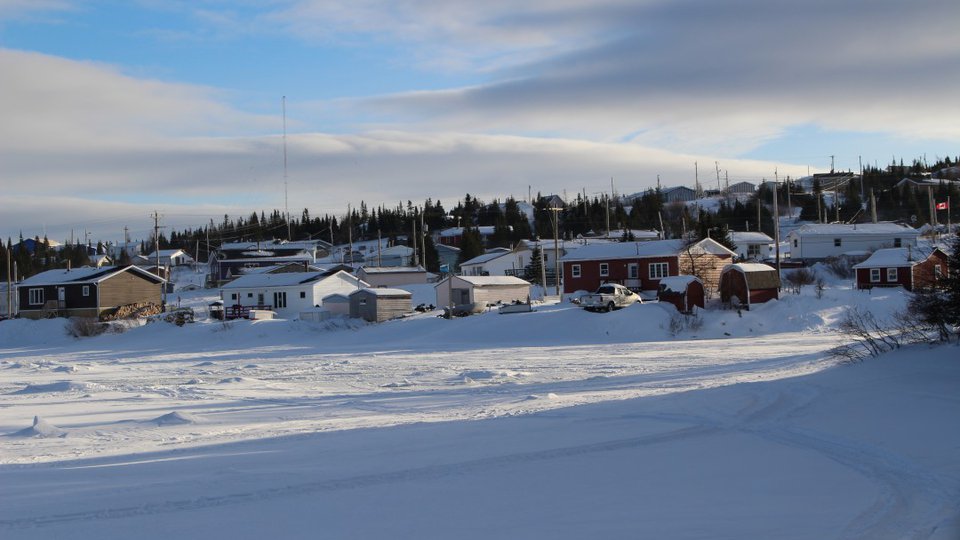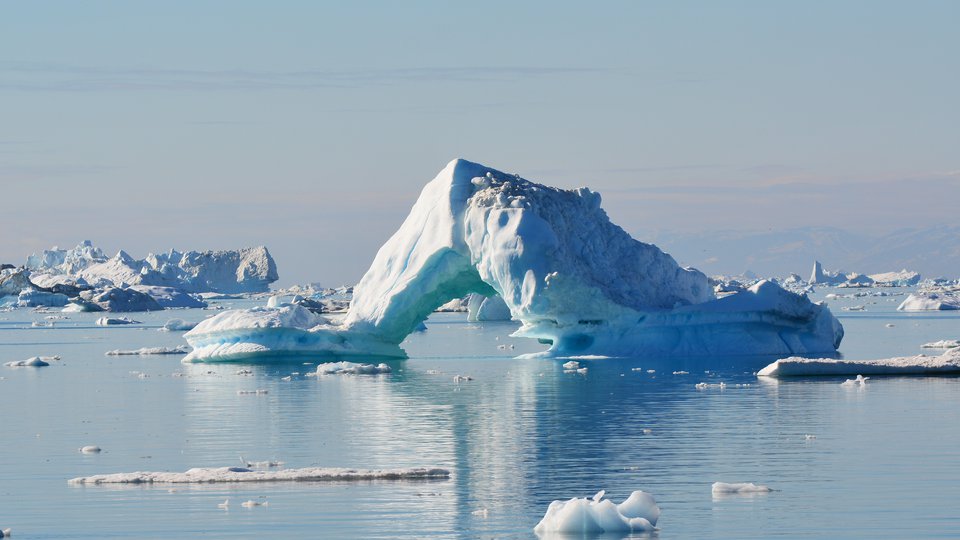
James Bay, a vital ecosystem in northern Canada, is undergoing rapid change — but until recently, it had gone nearly 50 years without a major oceanographic study. To help fill this gap, the James Bay Expedition set out to investigate the bay’s circulation patterns, nutrient dynamics, and the ecological processes that support its resident beluga whale population.
Conducted aboard the R/V William Kennedy in August 2021 and 2022, researchers studied how the marine environment connects with nearby river systems — and how this complex ecosystem is being shaped by climate change and hydroelectric development.
The project was shaped by extensive consultations with local Cree communities and is designed to support future conservation efforts, including the proposed marine protected area.
Dr. C.J. Mundy, one of the lead researchers on the project, shares his insights into the expedition’s findings and the challenges faced along the way.
Arctic Focus: What first interested you in studying this region?
Dr. C.J. Mundy: The James Bay Expedition was the first oceanographic visit to James Bay in nearly 50 years, so we were really excited to learn something about the Bay. James Bay has its own beluga population that stays there year round. It's the only one in the region … because of the open water in James Bay.
Big questions [were], how does the circulation work in the bay? How does it relate to primary production? What supports the beluga population? Because where satellites say the area is high production - evidence of nutrients say the area is low production. So we are really going there to try and meet the needs of the communities around James Bay, to figure out how the system works - that was really the push behind doing the work.
Arctic Focus: Can you walk me through the consultation process in the James Bay area?
Dr. C.J. Mundy: There was a push towards a conservation of James Bay from Parks Canada side and in doing so, they were looking at one part of James Bay. Oceans North wanted to look at the whole system as a one because it is a connected system.
So we were supported to go to [the area], but before we did, we talked to the communities about the research needs… that exist around James Bay.
We had covid hit, and of course that delayed the whole project by one year, but it also allowed us to talk to the communities more extensively. We had monthly meetings for a year and a half to figure out what exactly the needs and the wants [were] and what are our capacity as the researchers to be able to do those.
Arctic Focus: What are the primary research questions of the project?
Dr. C.J. Mundy: The primary research questions of the James Bay Expedition were to study its circulation oceanography - to look at the carbon system from rivers delivering carbon via inorganic or organic carbon. What are the nutrients that are coming in from Hudson Bay into the system via the circulation of the Bay? And what drives production? Then working all the way up through the food web up to what's supporting the beluga whales in the system.
Arctic Focus: Were there any shifts since the last oceanographic study?
Dr. C.J. Mundy: Well, I mean a big shift - 50 years ago, the work was trying to create a baseline for the upcoming hydroelectricity dams of Hydro Quebec and also Ontario in terms of Moose River, just changing the flow of rivers, and that's a big change.
The flow of rivers has shifted towards the wintertime versus towards the spring when it would normally happen.
Climate change is just having a huge impact on James Bay. Climate change impacts are really accentuated at the edge of the sea zone, so the marginalised zone where change can happen really quickly. So for example, the ocean temperature is reaching sort of issue levels for biological organisms in the ocean. There's rivers coming out at certain times, which cause a lot more sediment, so they're flowing faster because of the change.
But you add climate change to that where the permafrost is warmer, allowing more sediments to be freed, that provides an impact on the clarity of the water coming in.
So it is kind of the two things happening at once that are affecting a lot of the use of the marine system.
Arctic Focus: What was your role within the science team?
Dr. C.J. Mundy: I look at processes that drive primary production. So I'm looking at algae production, whether it's phytoplankton, ice, algae in the ice, or algae on the bottom of the ocean, like seaweed and what are the processes.
They need two main things…light and nutrients, so we're interested in circulation to look at where the nutrients come from. We're interested in when the sea ice breaks up, when the snow melts, how much river water in the system, how much sediments, and all those feed into both access to light and access to nutrients, which allows us to complete a budget of how much primary production is occurring, what's happening at the bottom of the food web.
Arctic Focus: What’s next for the project?
Dr. C.J. Mundy: So the data's all collected. The data's been mostly processed in terms of the lab analysis right now. Students have completed their first year, so that's sort of the education side of it. Now they're working on their thesis, and so in a year or so we'll start to see definitive results start to rise as the students get senior in their programmes and get to answer some of those questions that we stated right at the start.
Arctic Focus: What do you hope will come from the future findings?
Dr. C.J. Mundy: I think from these findings that we're hopefully getting a better understanding of how James Bay works. There hasn’t been anything done there for 50 years, and a lot of what was done was only a portion of James Bay.
We were able to look at the entirety of James Bay, and so we could answer more questions about how the system works and really create an ongoing state of what's happening right now so we can understand if things are changing.
And that's really important in terms of a conservation area, because if you're conserving something, you want it to stay the same, essentially, right? You're trying to keep it conserved. So we need to be able to monitor and know what we should be monitoring moving forward… then that will help make decisions for how do you change your conservation efforts, or how can we look at the system being improved to support the wildlife that supports communities in the system.





